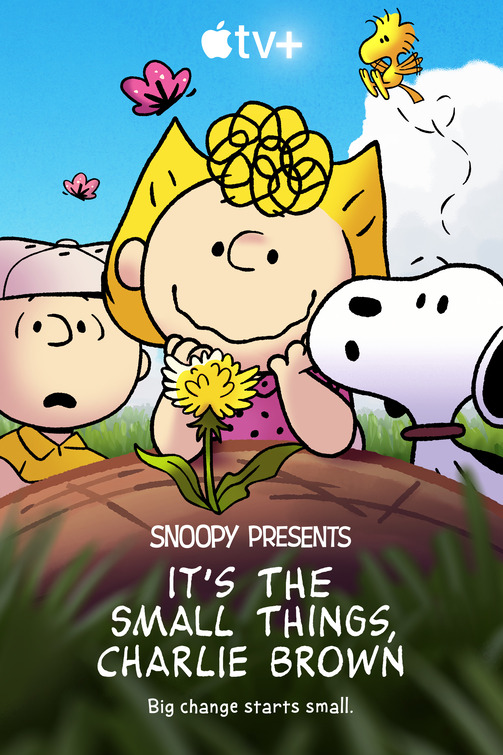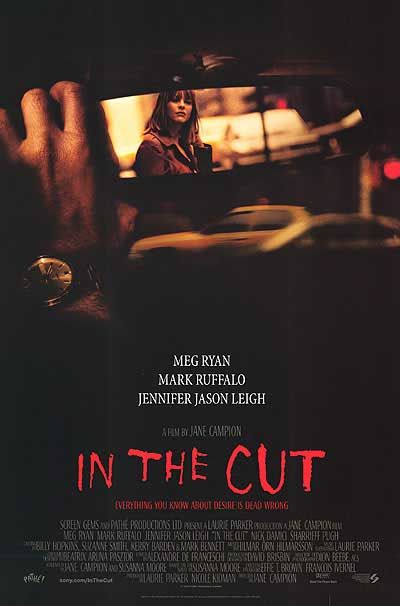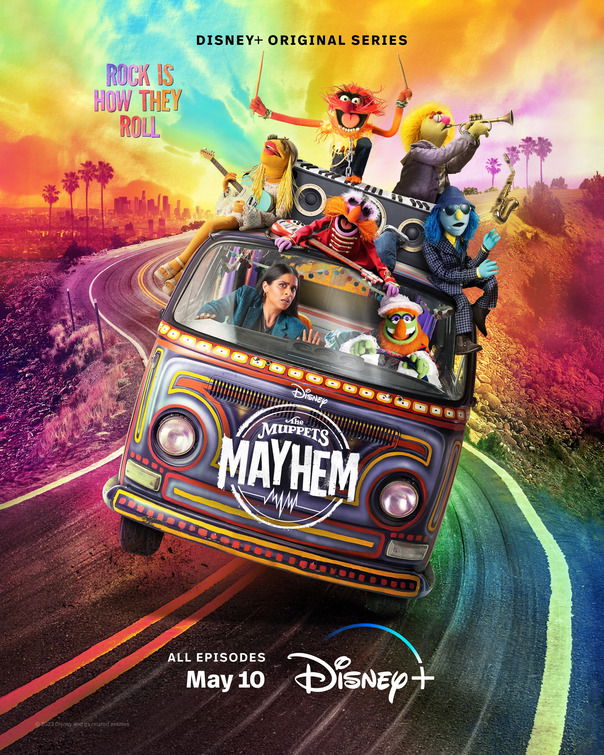
| None | Light | Moderate | Heavy | |
|---|---|---|---|---|
| Language | ||||
| Violence | ||||
| Sex | ||||
| Nudity |
Content:
(RoRo, FeFeFe, Ho, LLL, VVV, SSS, NNN, AA, D, MM) Strong Romantic worldview with silly, confused, odd, but very strong, feminist viewpoint, and excessive, explicit foul language, violence, sex, and nudity, as well as light homosexual and bisexual references; at least 66 mostly strong obscenities, five strong profanities, three light profanities, and dog eats its own feces; bloody, gory aftermaths of serial killings with lots of blood and some body parts in several scenes, such as decapitated heads, woman’s arm, and crime scenes splattered with blood, and implied violence and threats of violence, plus woman becomes hysterical and weakly hits men in a couple scenes; graphic scenes of depicted fornication and other sexuality, visits to nude bar, depicted masturbation, implied oral sex, possible sodomy, passionate kissing and groping, minor pimp character, light homosexual and bisexual references, and frank sexual dialogue; brief shots of full male nudity, shadowy shot of full female nudity, many shots of upper and rear female nudity, rear male nudity, and many shots of upper male nudity; alcohol use and abuse; smoking; and, generally sleazy, vulgar, promiscuous behavior.
GENRE: Thriller/Psychological Thriller
RoRo
FeFeFe
Ho
LLL
VVV
SSS
NNN
AA
D
MM
More Detail:
Meg Ryan, Hollywood’s girl next door, goes slumming in an erotic psychological thriller from Australia’s post-modernist, post-feminist filmmaker, Jane Campion of THE PIANO. This confused, and confusing, tale of an oddball poetry teacher and an oddball tough cop is a waste of time and mental activity.
In the story, Meg Ryan plays Frannie, a frumpy poetry teacher whose IQ-challenged sister, Pauline, played by an overweight Jennifer Jason Leigh, lives in a small apartment atop a noisy strip bar. The police find a dead woman’s body near Frannie’s apartment, however. Michael, a crude but handsome policeman played by Mark Ruffalo, gets suspicious when he discovers that Frannie visited the same bar, the Red Turtle, on the same night that the victim disappeared after also visiting the bar. Despite his suspicions, Michael and Frannie begin a hot affair that leaves both of them consumed with passion that seems to be turning to love.
As more dismembered bodies appear, it becomes clear that there’s a serial killer on the loose. Is it the disturbed guy who slept with Frannie one night and now is stalking her? Is it the black student she’s tutoring, who has an obvious crush on her? Or, could it even be Michael, who Frannie thinks she glimpsed getting a sexual favor at the Red Turtle on the night in question?
The ads and reviews describe IN THE CUT as an erotic thriller, but it’s more like sleazy softcore pornography. Both main characters are extremely unlikable. Furthermore, director Jane Campion, who co-wrote the script with the novelist, Susanna Moore, places a silly post-feminist spin on the story, by making the heroine a sensitive repressed intellectual who is both repulsed and attracted by the sleazier aspects of life, including the sexist, but sensitive, cop. In fact, the characters are so unrealistic and confusing in this movie that it may remind viewers of those shlock horror movies where the people are so stupid that they always manage to go into the most obvious place where the mad killer has gone. For example, Frannie enters a steamy bathroom in one scene even though it is clear that the killer, or someone, may have harmed the character who lives there and may still be lurking there. Also, the misunderstandings between Frannie and Michael could easily be cleared up if either one of them had confided more in the other person.
Campion applies her usual artsy style to this material. For instance, the color red becomes an important motif in the movie, as do lighthouses. Thus, when Campion starts linking the red and lighthouse motifs together, it becomes obvious that something super significant is going on in the story. Her use of these motifs is unenlightening, however, especially because the main characters are so uninspiring. Adding insult to injury, Campion uses the color red to throw a couple red herrings toward vigilant moviegoers. Of course, the lighthouse motif is supported by references to Virginia Woolf’s celebrated, but ultimately vacuous, proto feminist tome, TO THE LIGHTHOUSE. How much more heavy handed can you get?
Along with its pseudo-intellectual, artsy approach to its forgettable material, IN THE CUT contains very explicit foul language, sex, gore, and nudity. This crude mixture should have earned this movie an NC-17 rating instead of an R. Better yet, the movie should not have been released at all.



 - Content:
- Content: 



